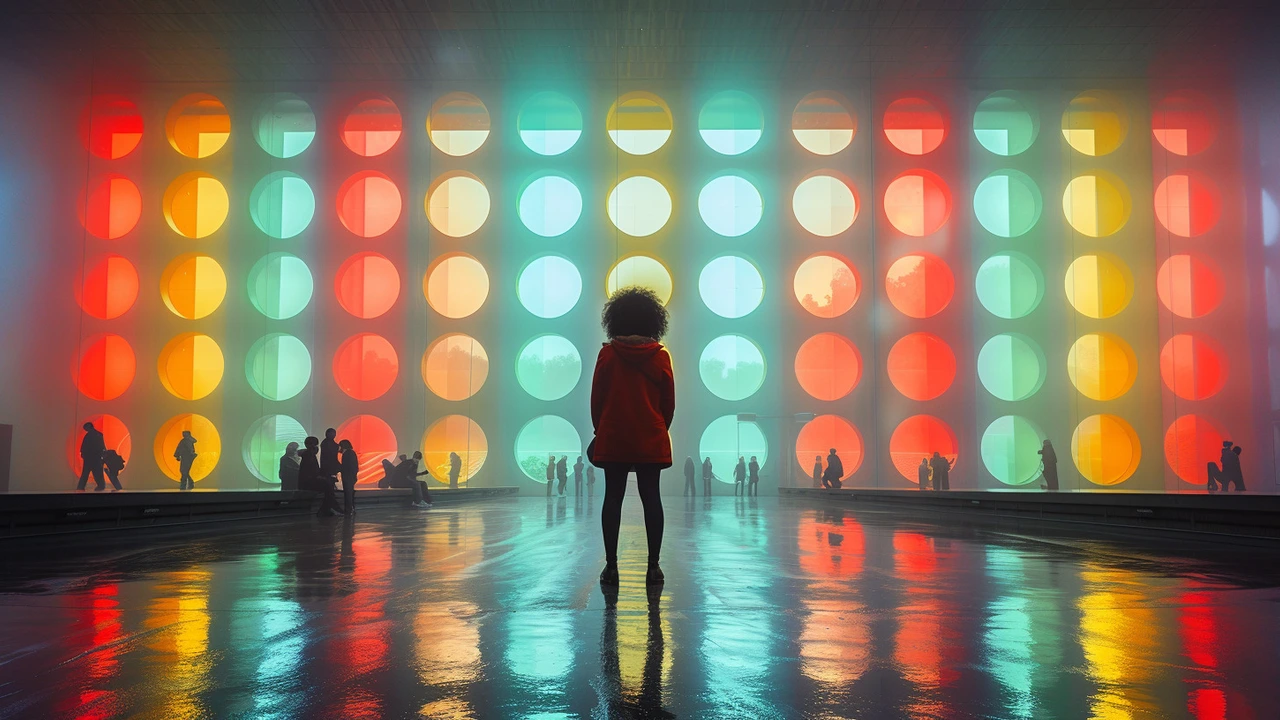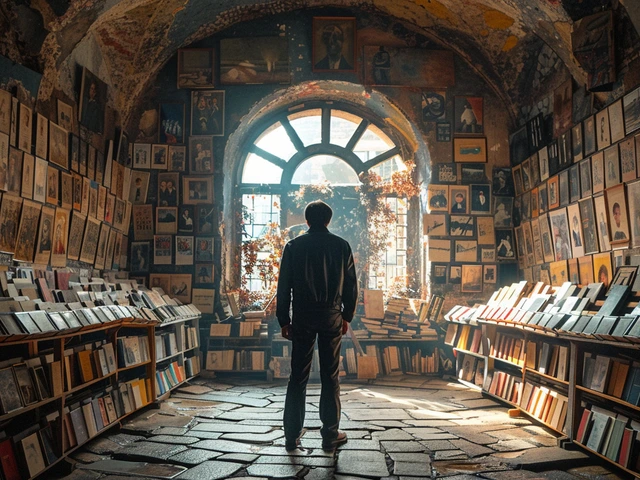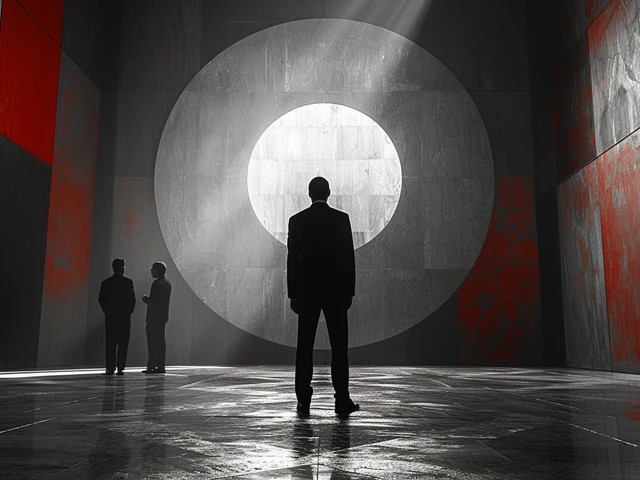Prevailing Winds of Creativity: Understanding Constructivism
Just imagine, you are standing in a white, vast gallery, surrounded by peculiar forms, unusual compositions, and abstract sculptures that seem to defy gravity while challenging all traditional conventions of beauty. Yes, that's it. You are navigating the uncharted waters of Constructivism Art. A style of art that emerged in Russia, after the October Revolution, it is honestly like this vibrant, uncontrollable child of creativity that shouts of change, rebel, and dynamism. I believe, this is why it grasps people like a captivating tale, winding itself around us, making us question our understanding of art. Quite the anomaly, right? But after all, what is life without a couple of surprises?
The Birth of New Aesthetics: Origins of Constructivism
The chronological timeline of Constructivism unfurls like one of those epic narratives that humbles us with its compelling transformative journey. Spanning from 1913 to the late 1920s, it was initially a rejection of autonomous art. That's correct. The abstract artists decided that it was the prime time to bid adieu to the old and usher in the radical, giving birth to the Constructivism Movement. Even more interesting is the fact that the movement's leaders were not mere creators but mindboggling inventors, engineers, architects who dared to redefine the boundaries of artistic expression. Names like Vladimir Tatlin, El Lissitzky, and Alexander Rodchenko signed this revolutionary movement. What an audacious lot, right? And to think, it all started with a simple dream of breaking away from the norm. But aren't the best things in life born out of rebellion?
Pushing Boundaries: Evolution of Constructivism Style
If I were to spill out a secret, then the constructivism style was initially wrapped around the idea of 'construction' with a strong inclination towards industrial materials, reflecting the political orientation of this period. Quite the unique formula, right? It swiftly transcended into an intellectual revolution that served not just as an aesthetic transformation but a complete social reform. It changed the concept of art, conveying that it is not just 'crafted', but 'constructed'. What started off as an artistic revolution soon unfolded into an all-encompassing movement, spilling over other areas like graphic design, cinema, photography, theatre, and even fashion. It is a perfect example of how art can permeate every aspect of life. But then again, wasn't it Oscar Wilde who aptly penned, "life imitates art far more than art imitates life"?
The Artistic Repercussions: Impact of Constructivism
The impact of Constructivism was tremendous and far-reaching. It blossomed like a cultural flag-bearer, inspiring various art movements around the world. Its influences can be traced back in the De Stijl movement in the Netherlands, the Bauhaus in Germany, or even in the Vkhutemas in Russia. Truly global, don't you think so? But let's not forget the children. Constructivism had several offspring. Figurative as it may sound, it did give birth to movements like Rayism, Suprematism, and even Dada. Now, that's quite the family tree! However, it wasn't just limited to breeding revolutionary ideas. It established a strong symbiotic relationship with architecture and design, creating spaces that ignite imagination and reflect simplicity.
Once on a trip to London's world-renowned Tate Modern gallery, I had the sweet fortune of witnessing the powerful impression of Constructivist art. I clearly remember the piece – it was a creation by Naum Gabo, a renowned constructivist artist. The kinetic sculpture stood majestically in the room, transforming with every angle from which it was beheld. As if in a trance, I found myself drawn significantly to its depth and complexity, and for a fleeting moment, time seemed to still. This surreal experience has undoubtedly etched a permanent memory, propelling my desire to appreciate and learn more about this endlessly intriguing art movement.
To sum it up, Constructivist art is anything but typical. It's like this massive labyrinth you go into, not with the intention to find your way out quickly, but to lose yourself in its enigma, and come out transformed, enlightened. Every piece narrates a unique story, challenges a conventional concept, and rumbles audaciously against the traditional shackles. It embraces the abstract, celebrating the freedom to speak and be heard without words, to express without boundaries, to transcend beyond the obvious. It's a mirror that reflects not just what lies bare to the eye, but ventures into the untamed recesses of the subconscious. So, next time, when you stand in that vast white gallery, you would not just see... but perceive!



